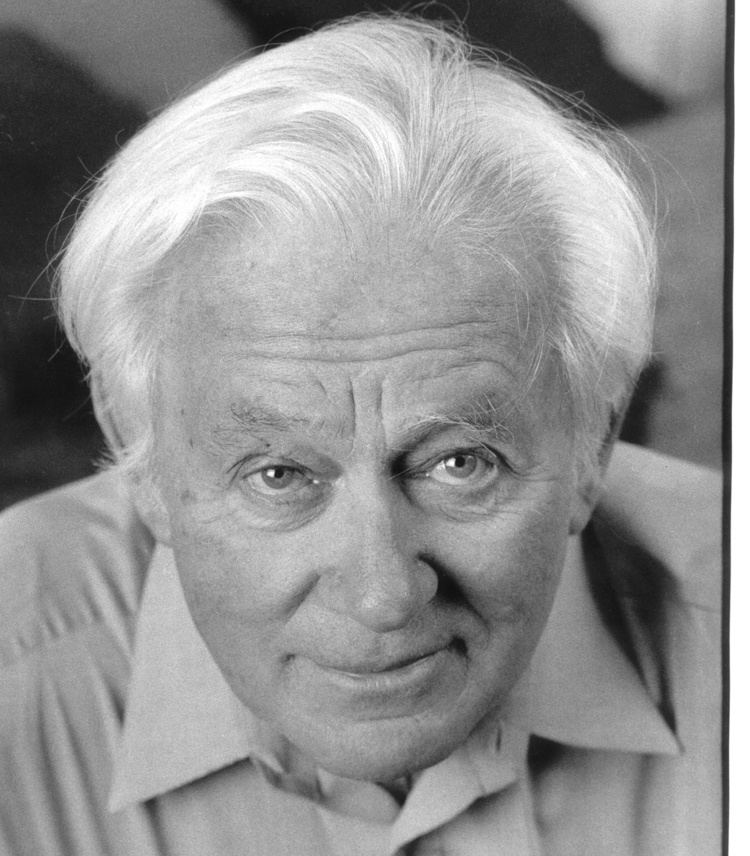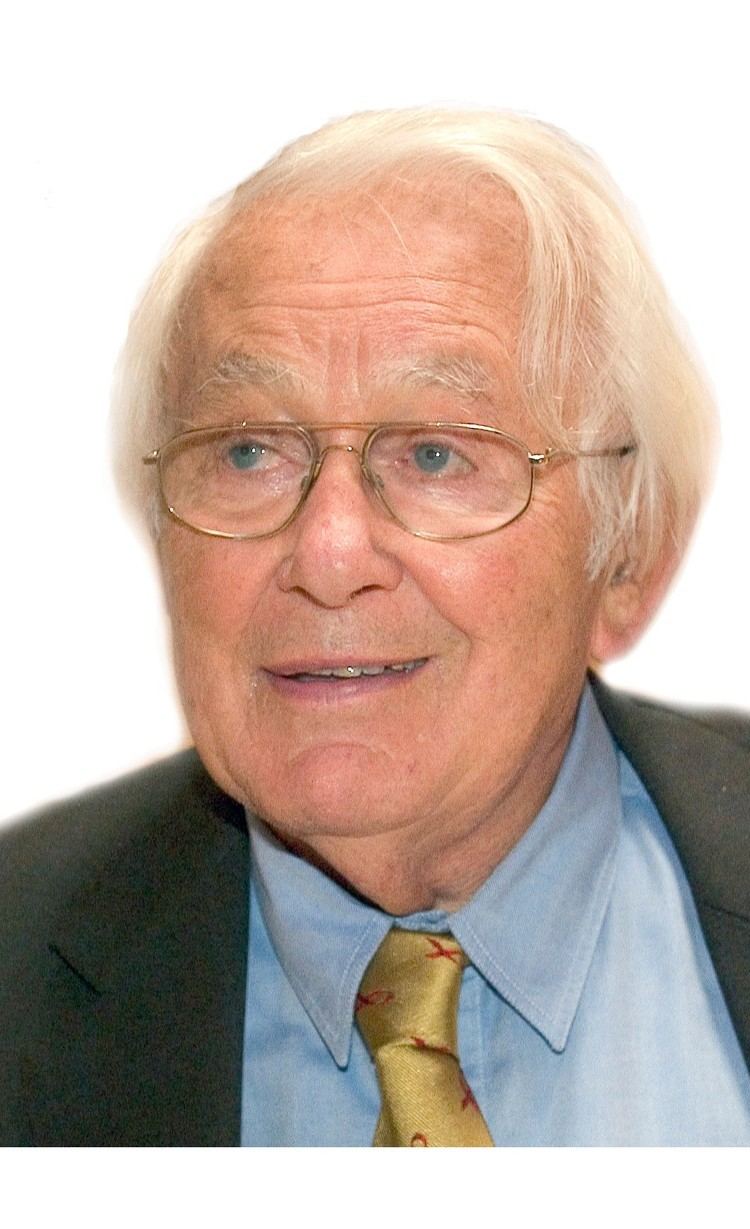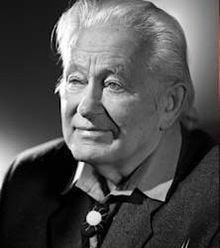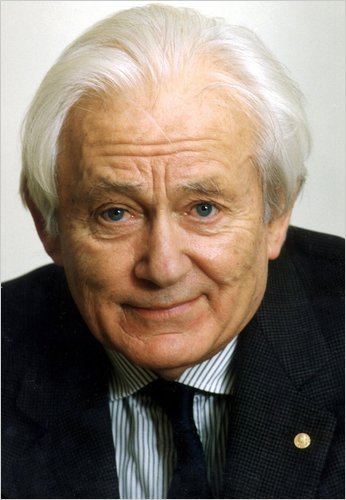Role Physicist Nationality PolishFrench Education Mines ParisTech | Alma mater Ecole des Mines Fields Physics Name Georges Charpak | |
 | ||
Known for Multiwire proportional chamber Spouse Dominique Vidal (m. 1953; 3 children) Books Debunked!: ESP, Telekinesis, and Other Pseudoscience, Megawatts and Megatons Similar People Henri Broch, Pierre Lena, Richard Garwin | ||
Georges charpak un physicien deracine citoyen du monde
Georges Charpak (born Jerzy Charpak, 8 March 1924 – 29 September 2010) was a Polish-born, French physicist from a Polish Jewish family who was awarded the Nobel Prize in Physics in 1992.
Contents
- Georges charpak un physicien deracine citoyen du monde
- Georges charpak soyez savants devenez prophete archive ina
- Life
- Books
- Technical reports
- References

Georges charpak soyez savants devenez prophete archive ina
Life

Georges Charpak was born Jerzy Charpak to Jewish parents, Anna (Szapiro) and Maurice Charpak, in the village of Dąbrowica in Poland (now Dubrovytsia in Ukraine). Charpak's family moved from Poland to Paris when he was seven years old, beginning his study of mathematics in 1941 at the Lycée Saint Louis. The actor and film director André Charpak was his brother.

During World War II Charpak served in the resistance and was imprisoned by Vichy authorities in 1943. In 1944 he was deported to the Nazi concentration camp at Dachau, where he remained until the camp was liberated in 1945.
After classes préparatoires studies at Lycée Saint-Louis in Paris and later at Lycée Joffre in Montpellier, he joined in 1945 the Paris-based École des Mines, one of the most prestigious engineering schools in France. The following year he became a naturalized French citizen. He graduated in 1948, earning the French degree of Civil Engineer of Mines (Ingénieur Civil des Mines equivalent to a Master's degree) becoming a pupil in the laboratory of Frédéric Joliot-Curie at the Collège de France during 1949, the year after Curie had directed construction of the first atomic pile within France. While at the Collège, Charpak secured a research position for the National Centre for Scientific Research (CNRS). He received his PhD in 1954 from Nuclear Physics at the Collège de France, receiving the qualification after having written a thesis on the subject of very low radiation due to disintegration of nuclei (Charpak & Suzor).
In 1959, he joined the staff of CERN (European Organization for Nuclear Research) in Geneva. This is where he invented, and developed, the multiwire proportional chamber. The chamber was patented and that quickly superseded the old bubble chambers, allowing for better data processing. This new creation had been made public during 1968. Charpak was later to become a joint inventor with Nlolc and Policarpo of the scintillation drift chamber during the latter parts of the 1970s. He eventually retired from CERN in 1991. In 1980, Georges Charpak became professor-in-residence at École supérieure de physique et de chimie industrielles in Paris (ESPCI) and held the Joliot-Curie Chair there in 1984. This is where he developed and demonstrated the powerful applications of the particle detectors he invented, most notably for enabling better health diagnostics. He was the co-founder of a number of start-up in the biolab arena, including Molecular Engines Laboratories, Biospace Instruments and SuperSonic Imagine – together with Mathias Fink. He was elected to the French Academy of Sciences on 20 May 1985.
Georges Charpak was awarded the Nobel Prize in Physics in 1992 "for his invention and development of particle detectors, in particular the multiwire proportional chamber", with affiliations to both École supérieure de physique et de chimie industrielles (ESPCI) and CERN. This was the last time a single person was awarded the physics prize, as of 2015. In March, 2001 Charpak received Honorary degree Ph.D from University of the Andes, Colombia in Bogotá.
In France, Charpak was a very strong advocate for nuclear power. Charpak was a member of the Board of Sponsors of the Bulletin of the Atomic Scientists.
Charpak married Dominique Vidal in 1953. They had three children.
